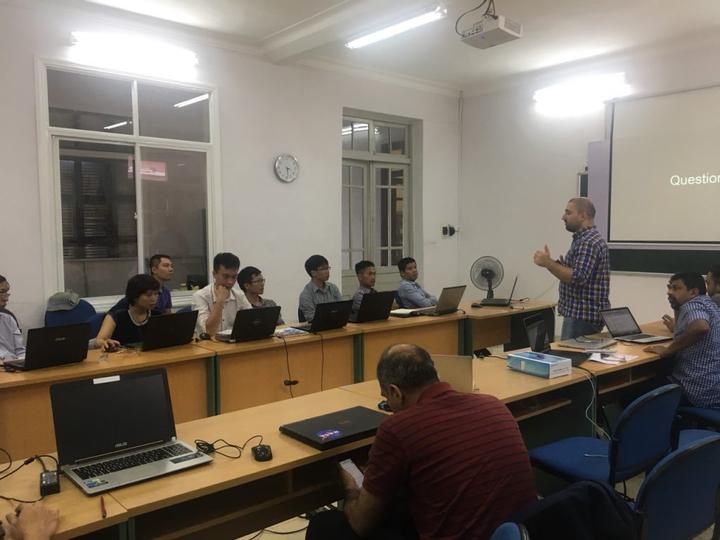Monitoring and forecasting drought and crop yield for the Lower Mekong Basin

Rice is Asia’s most important food crop with nearly 3 billion people reliant on rice as their major food source. Over the next ten years this number is expected to climb to nearly 4 billion people. Throughout Southeast Asia, the most important constraint to rice production is water stress, which affects nearly 10 million ha of upland rice and over 13 million ha of rain-fed lowland rice. Future climate change effects on rainfall timing and amount, and projected increases in temperature are expected to exacerbate existing water stresses and will have a direct impact on agriculture, especially rice cultivation. In a project funded by NASA and USAID through the SERVIR program, we are providing the SERVIR-Mekong hub with the modeling and data system tools needed to produce linked hydrologic and crop yield as nowcasts, forecasts and at climate scales using the best available data including NASA Earth observations. The effort aims to “improve, enrich, and expand the use of Earth observations” to help make informed decisions in order to adapt to and reduce vulnerabilities from impacts of extreme events and future climate change in the Lower Mekong.